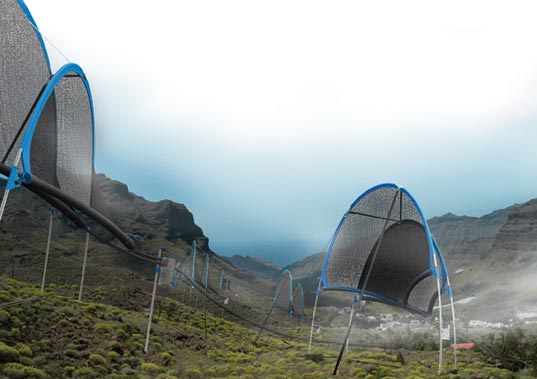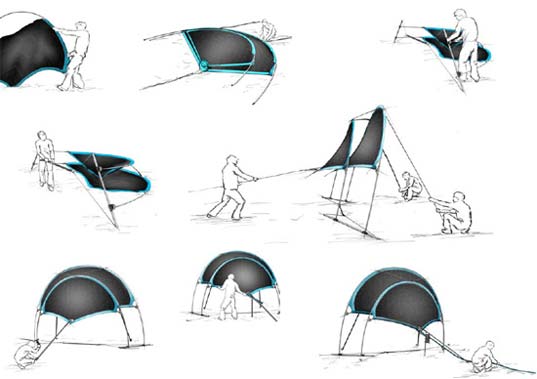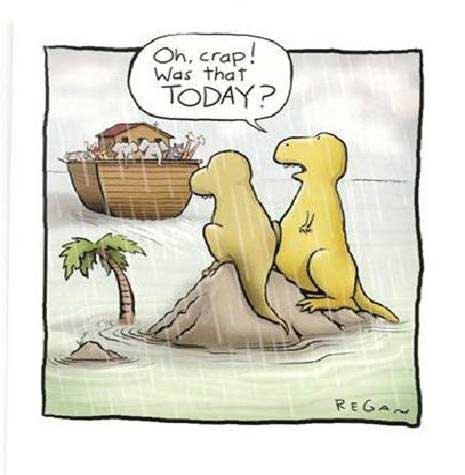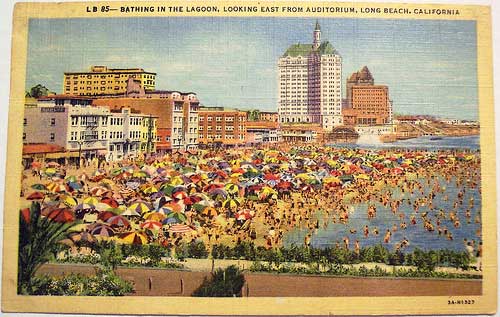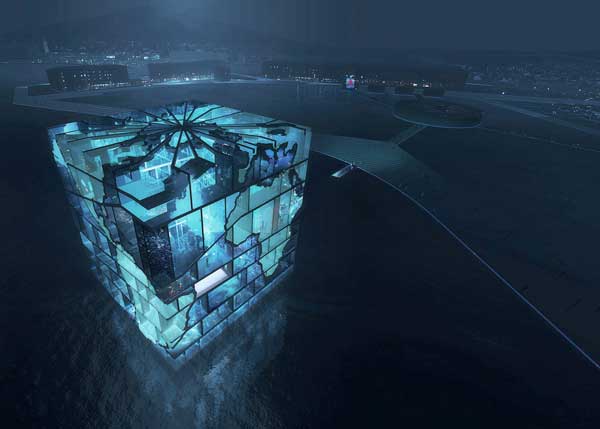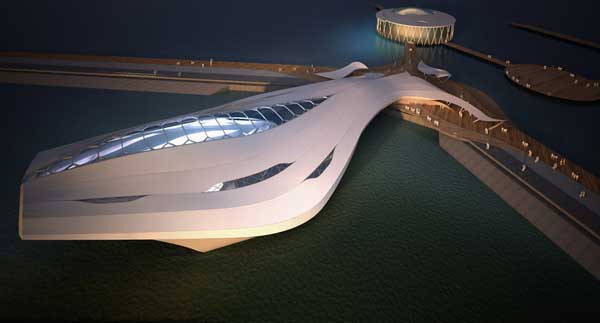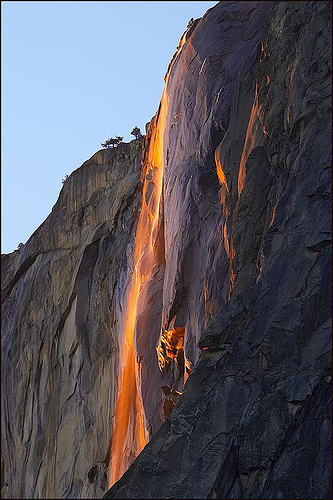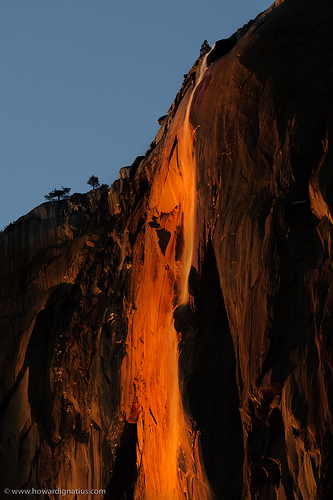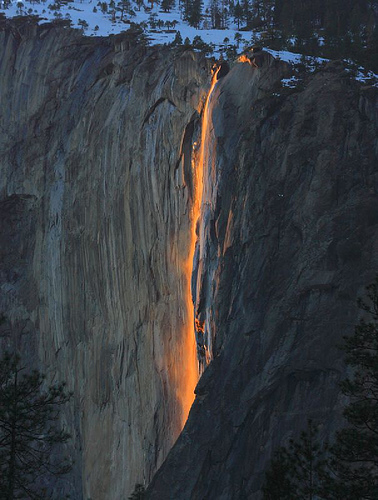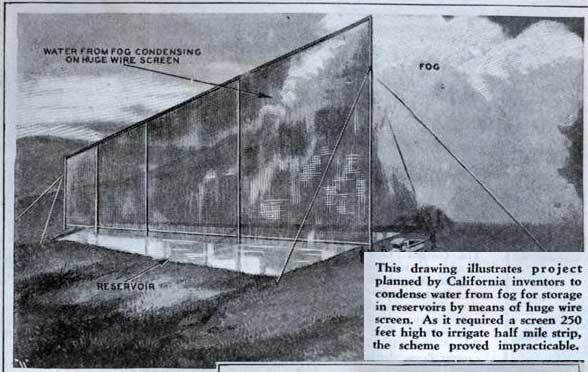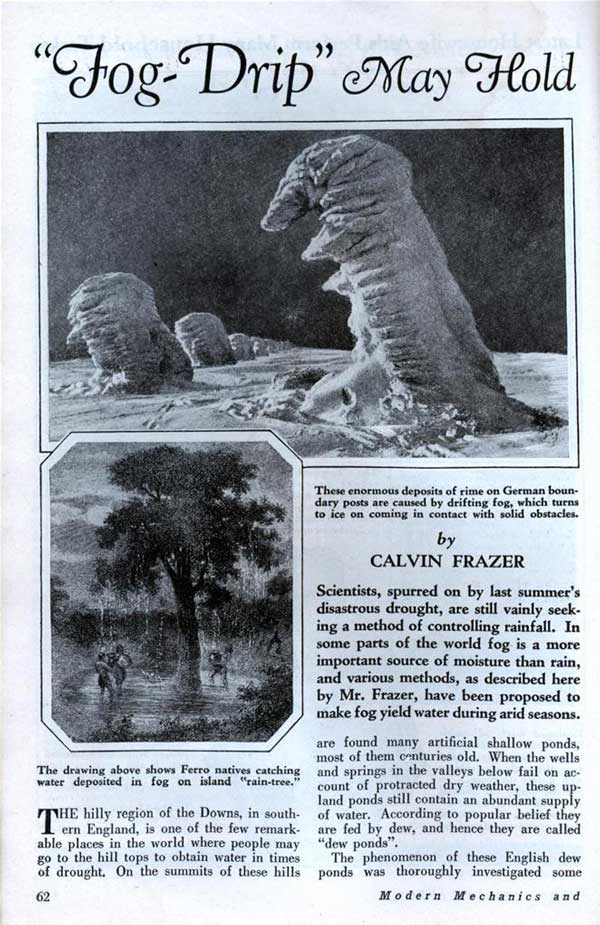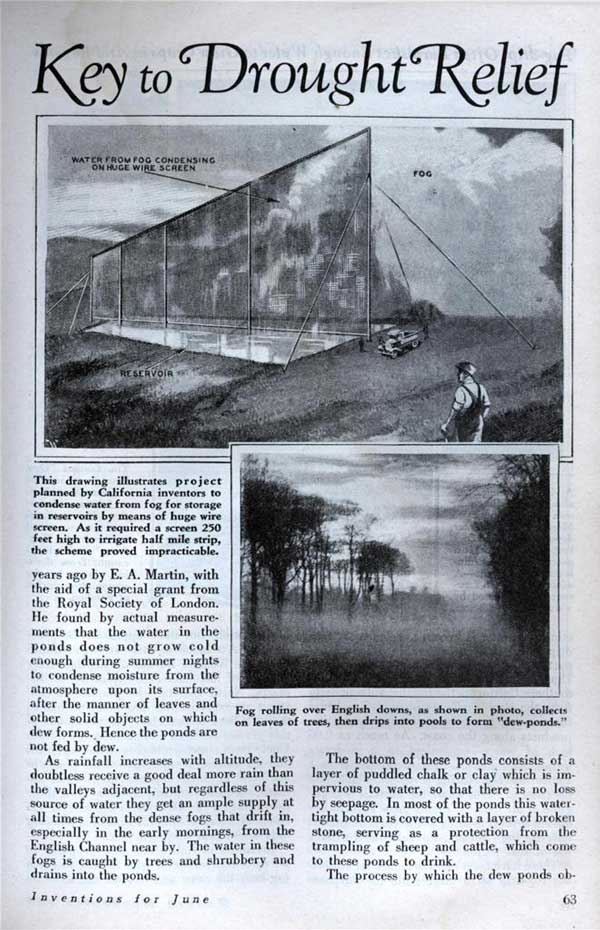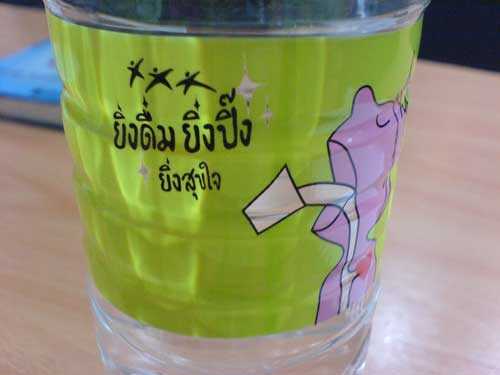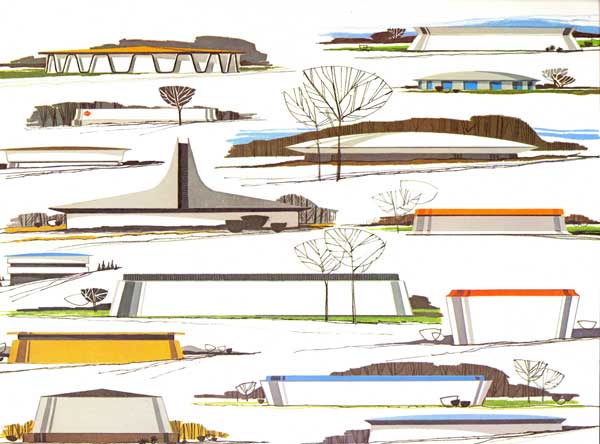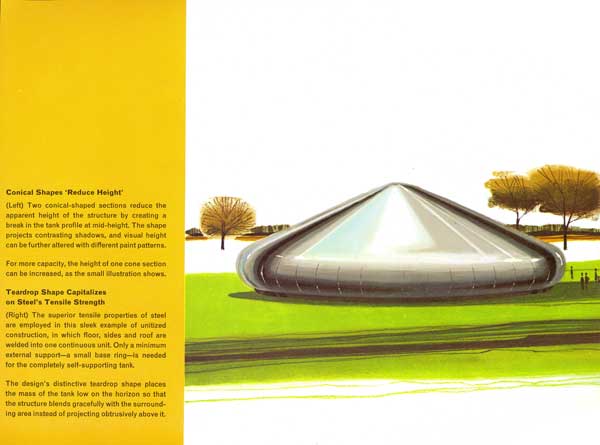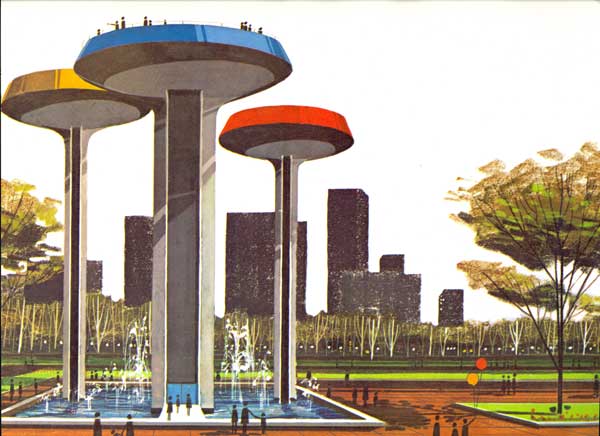Is Water the Silver Lining in Every Cloud?
After I posted the snickering, tongue-in-cheek writeup on the 1931 “fog farm” concept, Angela B. sent along (via inhabitat.com) information on this real and modern example of a “fog farm” from a sharp student with her head in the clouds, so to speak.
For her final thesis in Industrial Design at Germany’s Muthesius Academy of Fine Arts and Design, Imke Hoehler designed the “DropNet fog collector” that harvests drinking water from fog, air and mist. The great features of her design include simplicity, zero energy requirement, easy assembly and portability (unskilled workers can quickly assemble it on flat or uneven ground.) It’s a feasible approach for isolated areas with little or no infrastructure.
Each unit reportedly collects 10-20 liters per day. Unlike the kooky Modern Mechanix fog farm concept, this isn’t conceived to irrigate farmland, but it can ensure a safe supply of drinking water in challenging conditions. Has Irme, literally, found the silver lining in every cloud? Or more importantly, a reasonable way to mine it?
In looking at the design I wonder…might there be a way to incorporate rainwater harvesting into the unit so that it could also collect those supplies when available?

